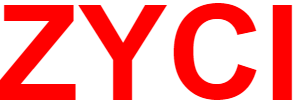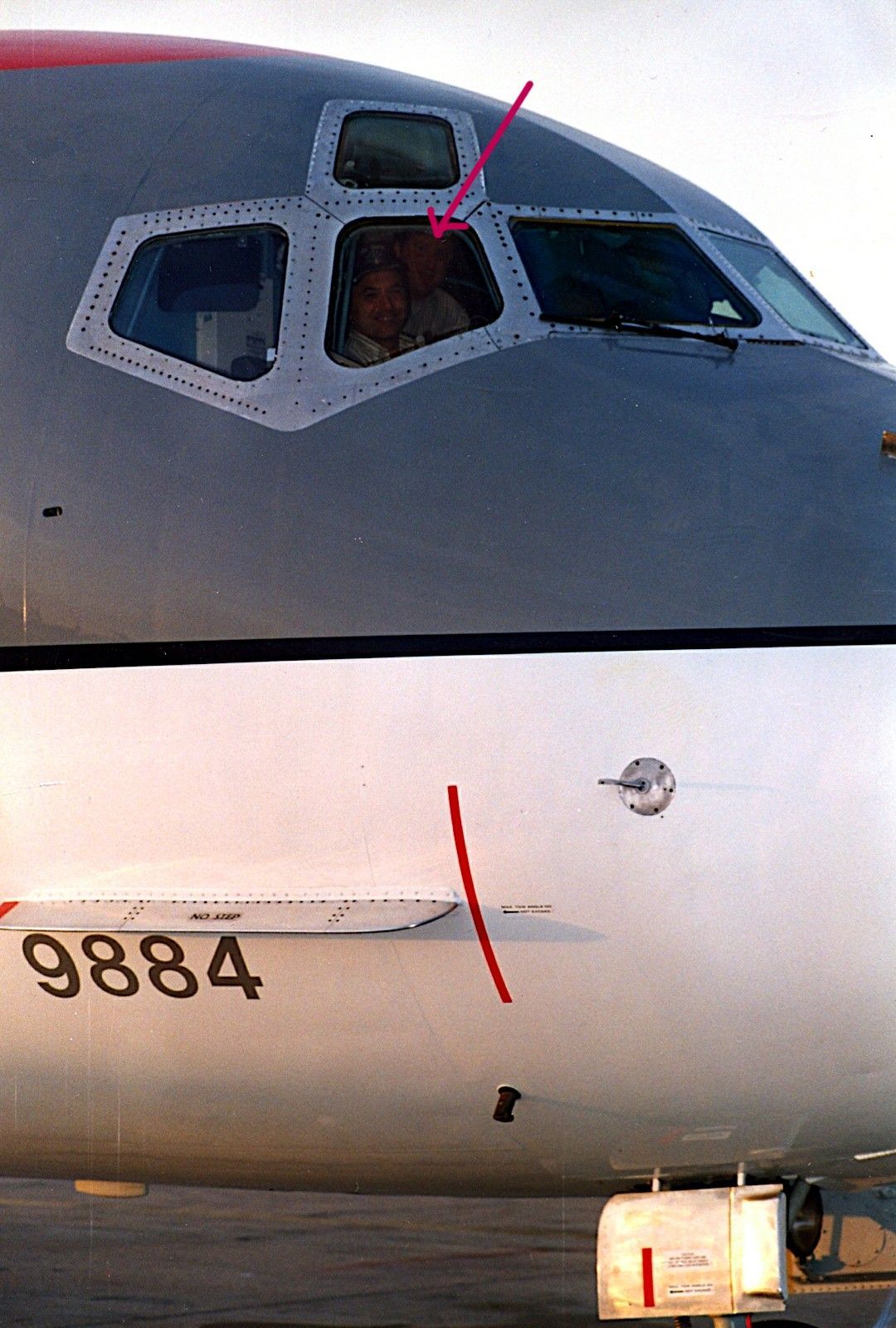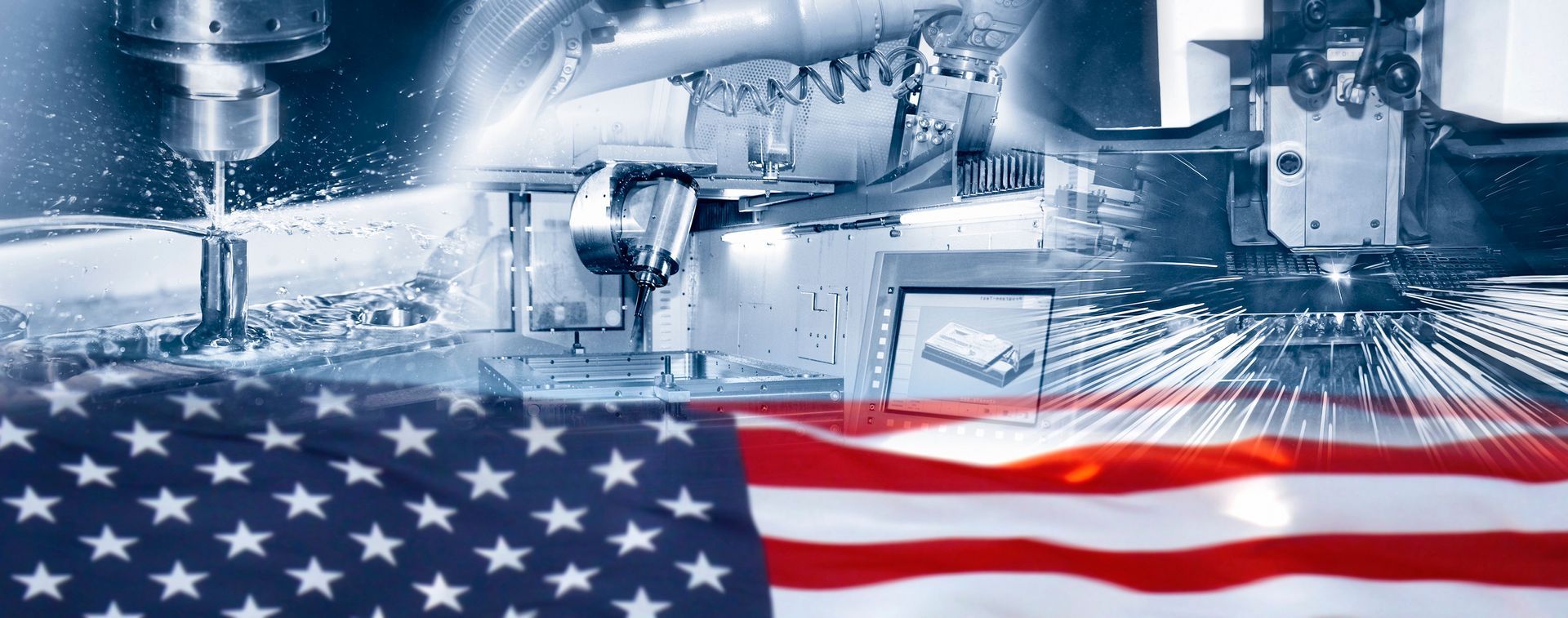Contact info
2030 Will Ross Court, Chamblee, GA 30341
404-334-7064
quotes@zyci.com
Will Metal 3D Printing Make CNC Machining Obsolete?
nat rosasco • April 15, 2023
Will Metal 3D Printing Make CNC Machining Obsolete?
Metal 3D printing and CNC machining are both important manufacturing technologies that serve different purposes and have their own advantages and disadvantages. While metal 3D printing has gained popularity for its ability to produce complex geometries and one-of-a-kind parts, CNC machining remains a key technology for producing high-precision parts at scale.
Metal 3D printing has limitations in terms of speed, size, and cost when compared to CNC machining. CNC machines are typically faster and can produce larger parts with higher accuracy and at a lower cost per unit than metal 3D printers. In addition, CNC machines can work with a wider range of materials than metal 3D printers, including metals that are difficult or impossible to 3D print.
However, metal 3D printing is useful for producing parts with complex geometries that cannot be machined easily, such as parts with internal channels, intricate shapes, or undercuts. It also allows for the production of one-off or low-volume parts without the need for expensive tooling.
Overall, metal 3D printing and CNC machining are complementary technologies that can work together to achieve different manufacturing goals. While metal 3D printing may replace some CNC machining applications in certain contexts, it is unlikely to make CNC machining obsolete.
Today, the general rule of thumb is that if a part can be machined, it should be machined. Otherwise the economics just doesn't make sense.


